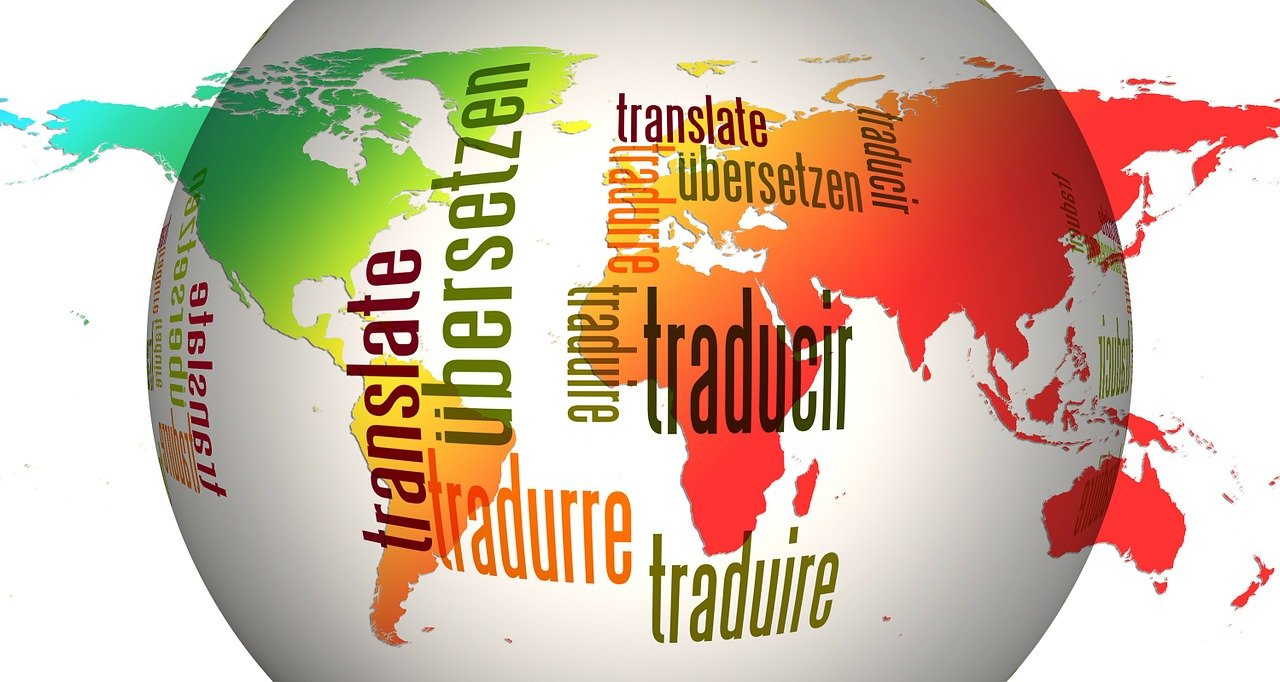Automatic Translation Tools: 👫Friends or Foes of Translators?🔄
03/27/2024

In our digital age, where borders are becoming increasingly porous and international exchanges ubiquitous, machine translation tools have become indispensable companions for many professionals and everyday users.
But what is their real impact on the work of translators? Are they truly allies or adversaries?
Today, I delve into this topic that captivates me!
🔄 The Revolution of Machine Translation
Machine translation tools have undergone a rapid evolution, thanks in large part to advances in artificial intelligence (AI). AI fuels these tools by enabling them to learn from vast sets of linguistic data, thereby improving their accuracy and ability to produce quality translations. Translators benefit from these advancements by having access to more sophisticated and efficient tools.
🔄 Unquestionable Advantages
Among the advantages of machine translation tools are their speed and accessibility. They enable the translation of large amounts of text in record time, facilitating multilingual communication within tight deadlines. Moreover, these tools are often free or inexpensive, making them accessible to a wide audience.
🔄 Limits and Challenges
However, despite their undeniable advantages, machine translation tools also have limitations. Their main weakness lies in their inability to fully grasp the nuances and subtleties of languages and cultural contexts. The translations they produce may sometimes lack fidelity and fluidity, often requiring human revision to ensure quality.
🔄 AI: Asset or Threat?
The integration of artificial intelligence into machine translation tools raises important questions for professional translators. While AI improves the performance of the tools, it also raises concerns about the increasing automation of translation tasks and the potential substitution of translators by algorithms. However, many experts emphasize that AI is more of a complement than an alternative to human translation skills, as it cannot replicate the creativity, sensitivity, and linguistic expertise of translators.
🔄 Toward Harmonious Collaboration
Rather than viewing machine translation tools as competitors, many translators choose to integrate them into their workflow as valuable assistants. By combining the benefits of automation with human expertise, translators can optimize their productivity and offer superior services to their clients.
In Summary
Ultimately, machine translation tools are neither friends nor foes of translators, but rather neutral tools whose impact depends on how they are used. The integration of AI into these tools offers exciting opportunities while posing challenges to the translation profession. By working in concert with these technologies, translators can continue to play an essential role in intercultural communication and contribute to building a world where linguistic barriers are less restrictive.